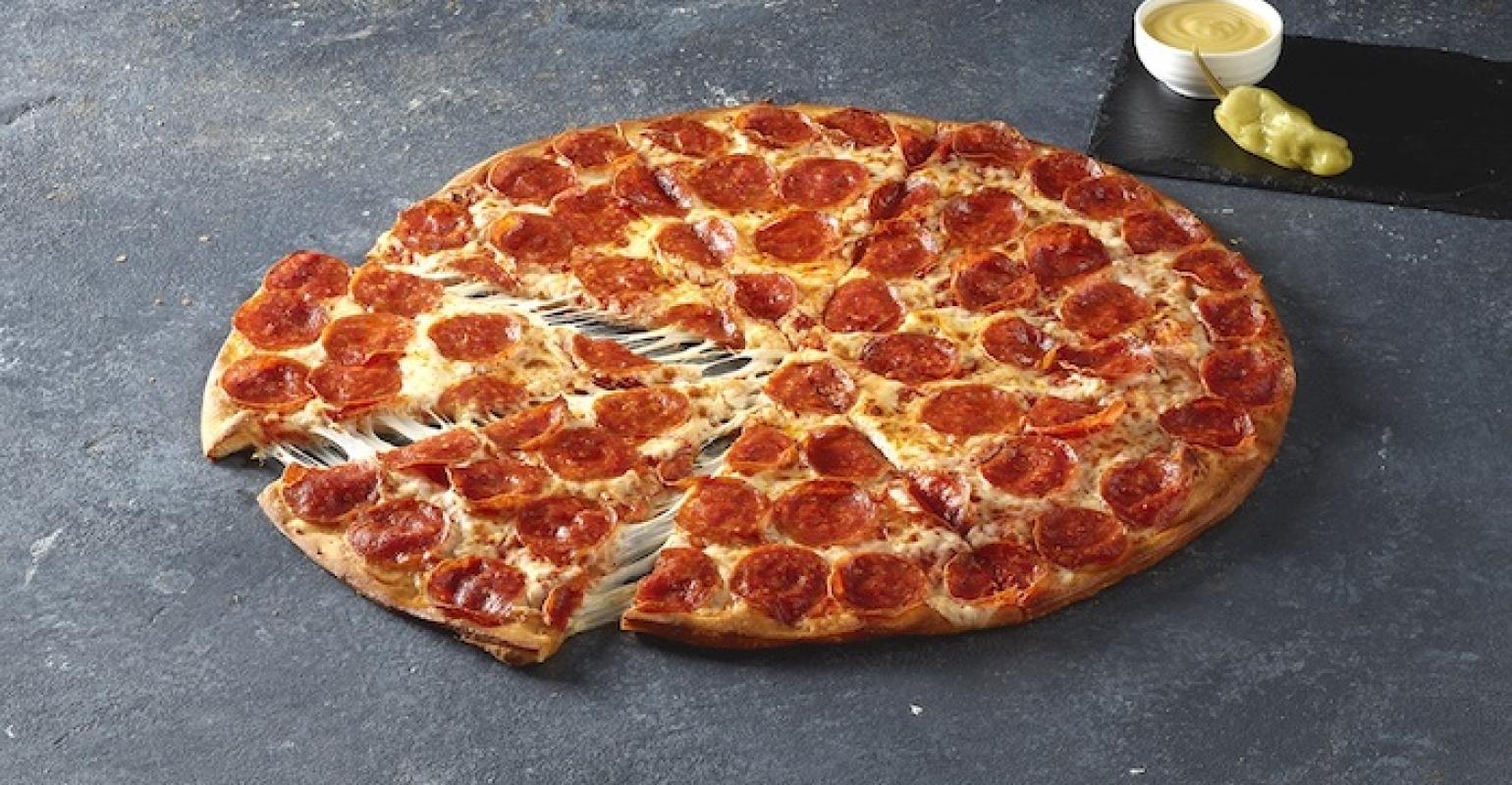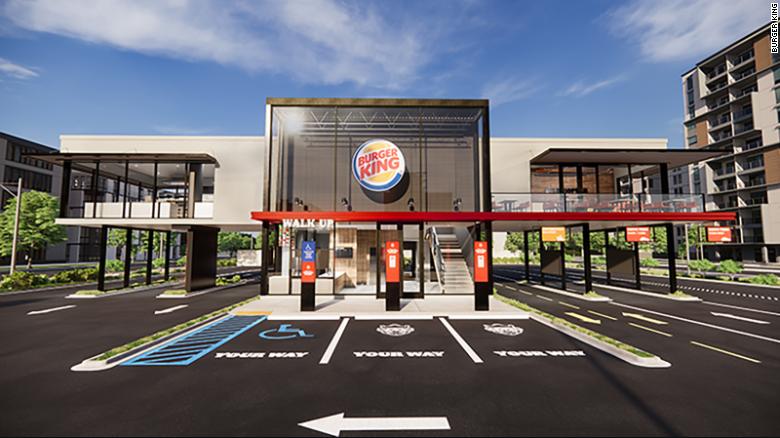by John A. Gordon, Principal and Founder, Pacific Management Consulting Group
A look at the big picture…we are half way through Q1 earnings and the results have been good. The best QSR global brand indicators, McDonald’s (MCD) YUM and Starbucks (SBUX) posted very good US and international sales and earnings, but MCD warned of a Q2 recession while SBUX guided conservatively mentioning potential guest falloff in 2H.
On the full-service side, Darden (DRI) had a strong report of sales and earnings and increased full-year 2023 guidance. Their internal guest value metrics were strong.
McDonald’s forever has been concerned if an imbalance between food at home and food away from home inflation occurs. And sure enough now that has happened, as discussed here the last two months. The US BLS survey says restaurants are taking price increases like a machine.
The industry’s analysts and observers, influenced by the lag effect of the FEDs actions raising interest rates, increased personal borrowing on credit cards, and consumer surveys indicating that guests would slow up the frequency of visitation, have mostly built in a mild 2H recession probability. This weakness really has not shown up in the reported public numbers yet. Strong brands remain strong, weaker weak. Some QSR brands indicate that their portion of $75K plus consumers are up, but that doesn’t necessarily mean they are cannibalizing fine dining.
But a new problem is coming at us more quickly.
News reports from DC indicate that the US Government’s borrowing limit—an authorization number that must be passed by both the House and Senate was technically breached on January 19, and Treasury has been operating accounting actions to preserve usable cash[1] It seems that June 1 might be the first day in a range where government “usable “ cash falls to zero. If this happens, the US may default on some of its debt, and payments to individuals. [2] This is very political, but there is time to resolve it.
If it did happen, we can reasonably speculate there would be another financial market panic, along with a negative consumer reaction as payments are delayed and interest rates shoot up. While politicians always wait until the last minute to resolve disputes, I’d recommend restaurant operators of all sizes ensure they have adequate liquidity coming up so as not to be caught short like some chains during the onset of the Pandemic [3] You can never have too much cash.
Ruth’s Chris acquisition by Darden is an indication that strategic restaurant M&A is alive and well in 2023.
Darden’s interest in another brand was reported earlier first by Austin Fuller of the Orlando Sentinel and then was confirmed on earnings calls in 2022. The earnings multiple paid, 9.4X was healthy. RUTH is one of the few US fine dining brands ever to be able to operate franchise units, with 80 company units and 74 franchisees. Of note, 23 of the franchisee units are international, including Singapore, Hong Kong, and Tokyo.
As I was quoted in the Orlando Sentinel[4], Darden now gets Ruth’s international platform to leverage in Asia. In my view, that is a sorely needed platform for many US brands. As reported by many observers and most recently by Black Box, the negative traffic syndrome in the US is in part caused by too much new unit growth.
Must Look Under Every Rock Update:
Last month here, I introduced the idea that because the restaurant sector’s 2-year price advantage in terms of our inflation versus food-at-home inflation had ended, this is why we can’t revert to taking price first and must look under every rock to find non-price revenue, cost, and CAPEX efficiencies. The May 10 chart in Restaurant Business Online shows this.[5]
A few practical examples:
Utilities: with summer virtually upon us and record gas and electric commodity inflation underway earlier, restaurants are burning way too many BTUs, especially fast casuals and QSRs for their size. It makes no sense for freezing dining rooms on cool days or at night. Starbucks (SBUX) and Chipotle (CMG), this includes you. Yes, this may entail dual makeup air units on the roof, but these investments have a payback. Bad HVAC turns off guests too.
Repetitive devices misworking: At a McDonald’s (MCD) franchisee I visit, there is an electric door opener that opens and closes about every 20 seconds whether a guest is in the doorway or not. Using electricity, grinding out gears, and perhaps a guest accident at some point will result.
Waste in new unit construction/CAPEX: the Quiznos franchisor attempting a turnaround of its 20-year record of store operational failure, developed a “Quiznos Grill” new store prototype where the buildout apparently was $2 million. The short story: it talked a franchisee in, sales were less than $400K per year and the franchisee failed. There will be more to this story, but the sheer waste of financial and human resources is breathtaking.
Finally, and most essentially, restaurants should take the long game and protect and get their most important delivery product mix AWAY FROM the third-party delivery agents (3PD).
As Joe Guszkowski from Restaurant Business Online reported [6]Friday, the 3PD folks are after us to lower our delivery markups, designed to cover our variable costs! IMO, this is bold on their part because their own P&Ls generally operate at a loss!
On LinkedIn on Friday, May 15, I noted several executable ideas, such as: (1) deliver your big orders and leave 3pD or others for the much smaller orders (2) Get to understand OLO and call founder Noah Glass. Understand his vision and how developing your website with as much traffic as possible is very important. (3) Keep phone numbers, and use a service. (5) Maintain and enhance your restaurants’ website, with easy ordering portals (6) In smaller urban/dense suburban areas, chain unit clusters and indies can form a delivery co-op. It’s been done before. Where you have some geographic scale and keep it simple, ROI is possible. This will produce nonprice revenue efficiencies.
About the author:
John A. Gordon is a long-time restaurant industry veteran with 20 plus years of experience in restaurant corporate staff financial planning and analysis roles and the last 20 years via his founded firm, Pacific Management Consulting Group. He performs complex analysis, advisory and investigative engagements for restaurant operators, investors, attorneys, and security analysts. He is always contactable at 858 874 6626, jgordon@pacificmanagementconsultinggroup.com.
[1] The Government actually has real cash flow but it might not be usable.
[2] https://www.nytimes.com/2023/05/09/us/politics/us-debt-celing-x-date.html
[3] See for example, Cheesecake Factory, 10Ks, 2020, 2021, SEC Edgar.
[4] https:// www.orlandosentinel.com/2023/05/04/ruths-chris-deal-could-bring-darden-expansion-to-asia/
[5] https://restaurantbusinessonline.com/financing/inflation-fast-food-restaurants-show=no-sign-of-slowing
[6] https://www.restaurantbusinessonline.com/technology/doordash-restaurants-odds-over-price-markups











